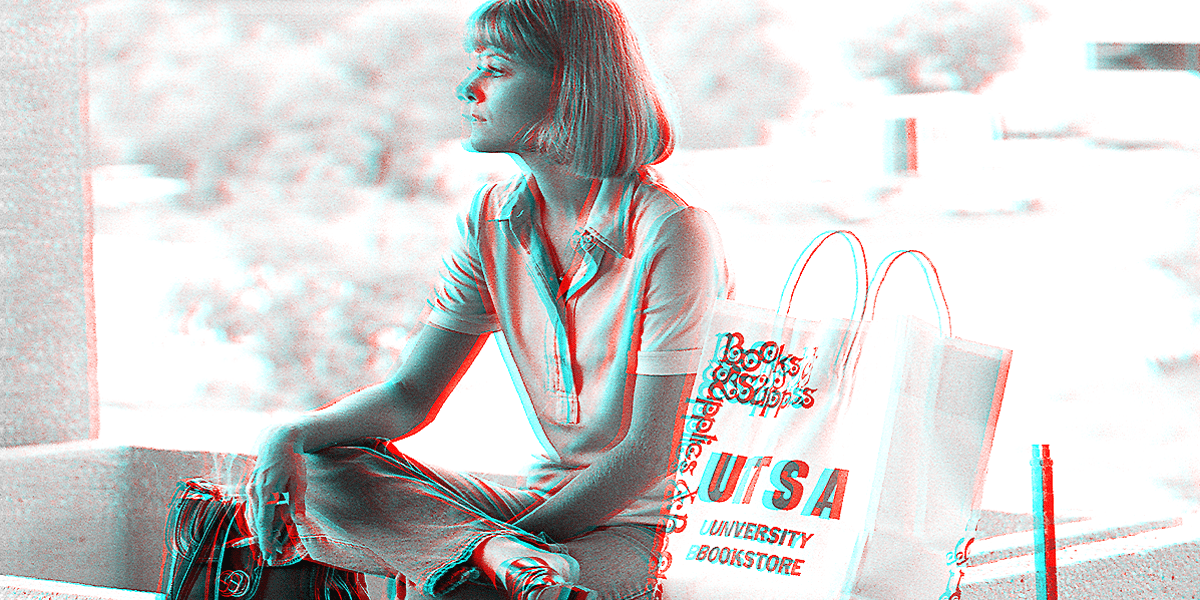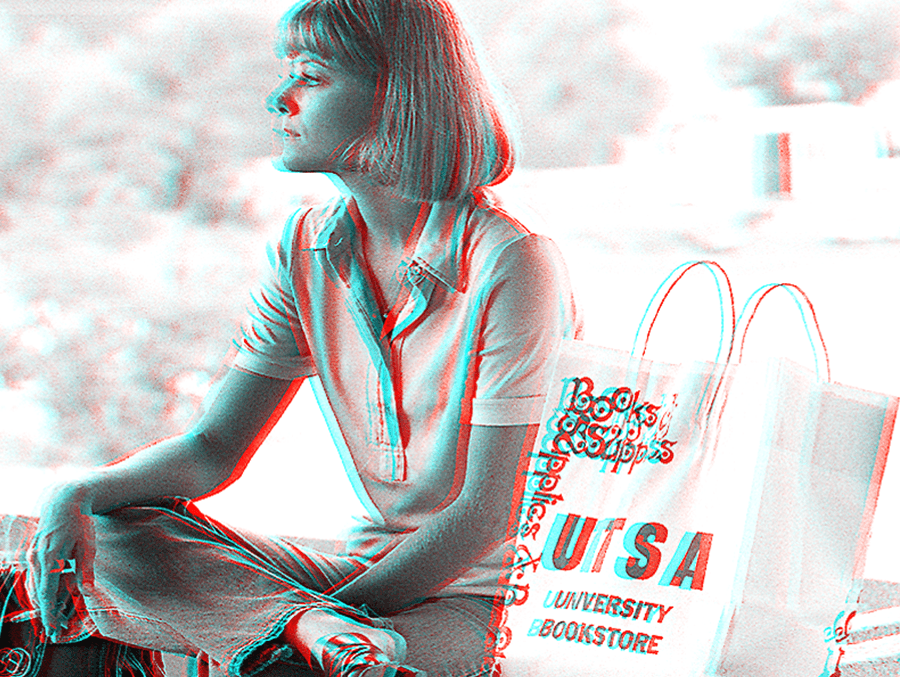
Everything but the Ivy

Everything but the Ivy
FROM THE Spring/Summer 2019 ISSUE
A pioneer class of 4,433 students attended the first classes on the new UTSA campus on September 2.
There were no ivy-covered walls, but the new 180,000-square-foot Humanities-Business Building was ready for the students. UTSA’s 178 faculty members were anxious to teach—to begin the long process that would transform a building into hallowed halls of learning.
The long-awaited student body is an unusual one. It Is almost equally divided between graduate students (2,261) and undergraduates (2,172). The average age of the student body is 30. Twenty-two percent of the students have not attended a college or university in the past two years and 65% of the students are enrolled part-time.
“UTSA is drawing many working adults back into higher education,” said UTSA President Peter T. Flawn.
The university’s first undergraduate class is comprised of 1,690 juniors and 482 seniors.
Although the undergraduates transferred from 61 Texas colleges and universities and 125 out-of-state and foreign institutions, over half (55%) transferred from the San Antonio Union Junior College District.
The graduate enrollment grew dramatically this year. The fall 1974 enrollment of 1,620 increased by 39% to 2,261.
The new campus, which welcomed the history-making class, was not complete. Two classroom-office buildings, the John Peace Library and the Convocation Center, are still under construction and will be completed by early 1976.
Despite the construction delays, UTSA was able to offer the facilities essential to quality education—a 350,000-volume library, science laboratories, a computer center, and a bookstore. The university also offers important services—financial aid, counseling, career planning and placement, testing, and health services.
The first class to attend the new campus will play an important role. Dr. Flawn observed, “One benefit for students attending a new university is that they will have an impact on the development of its academic programs and on student life. They will leave their mark.”

